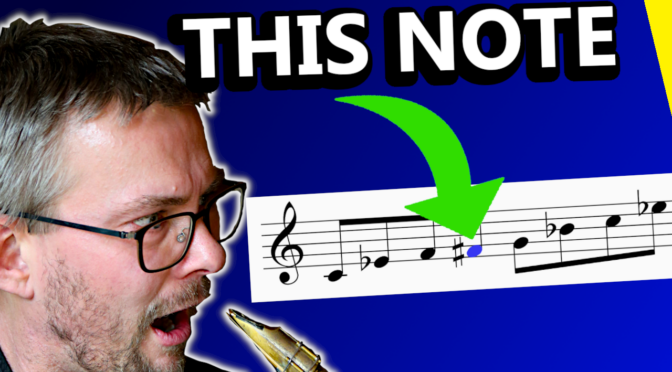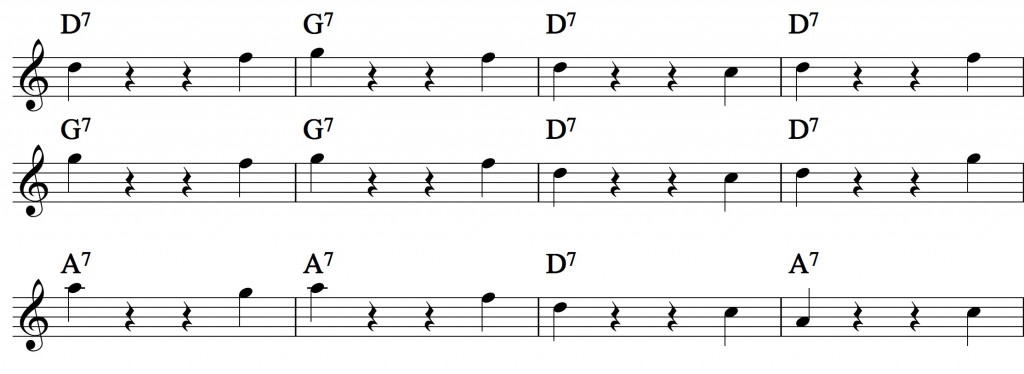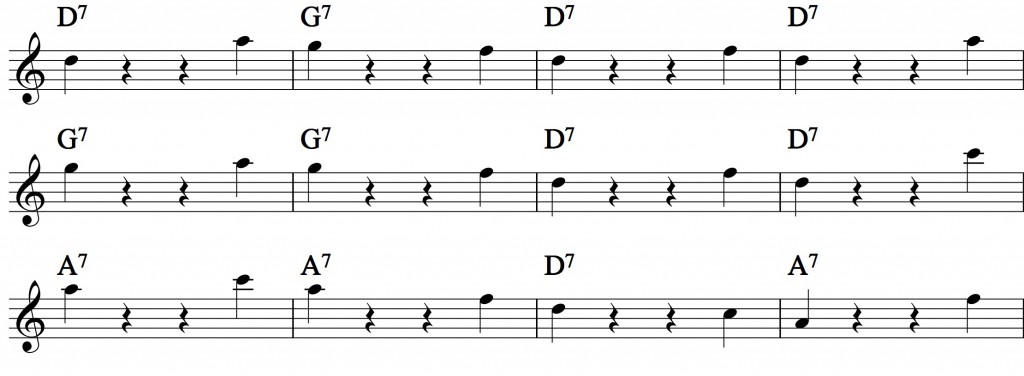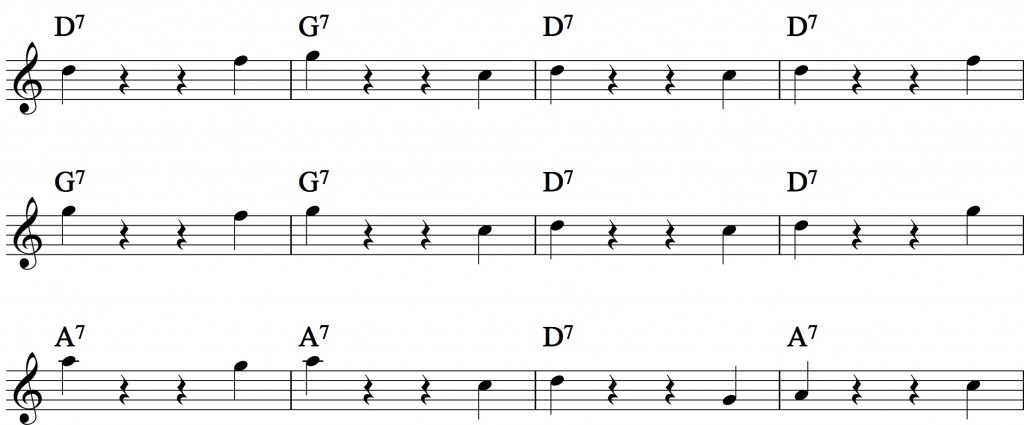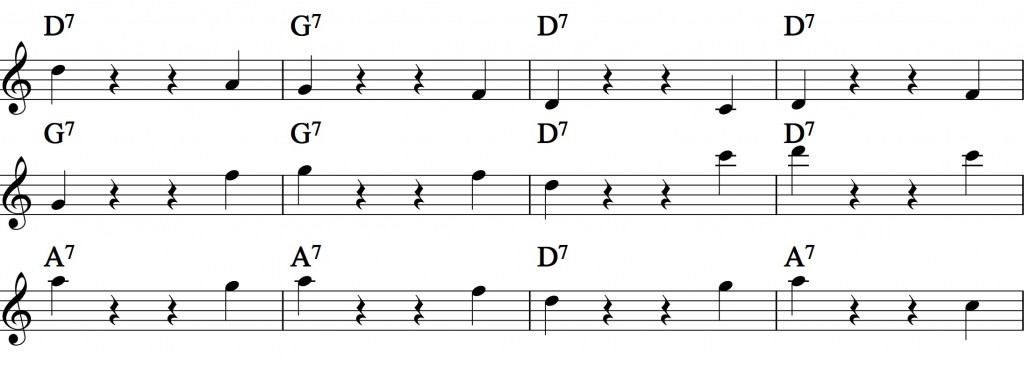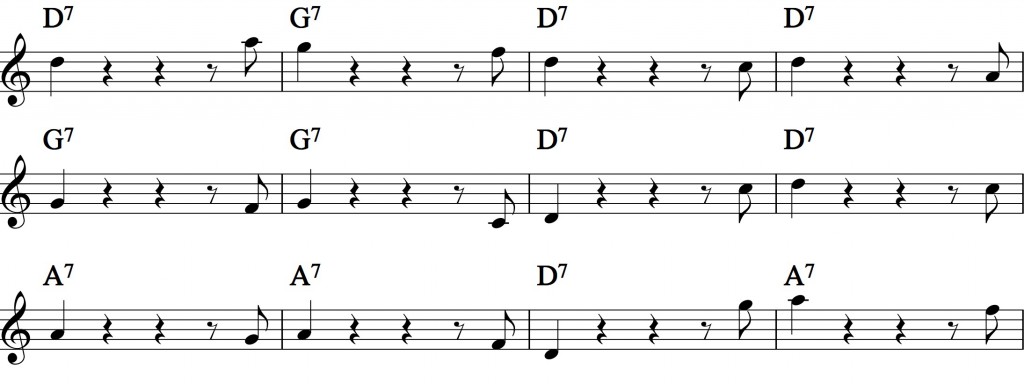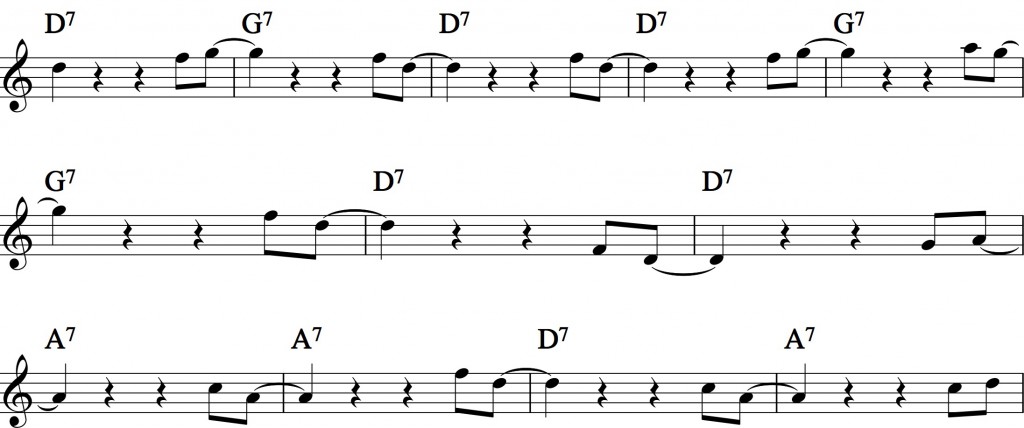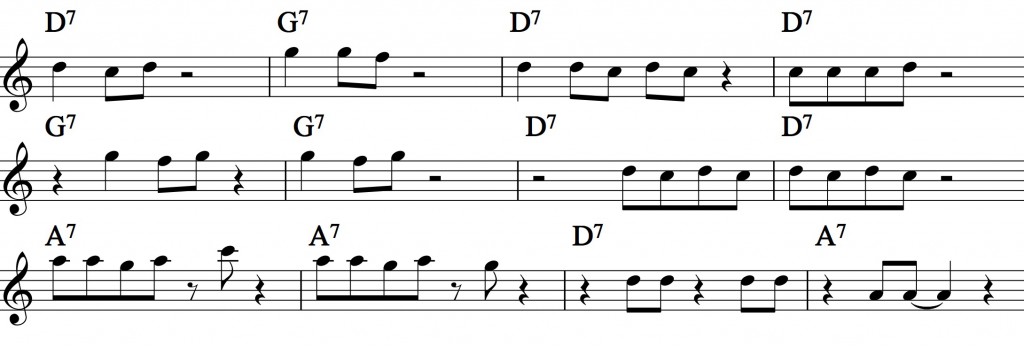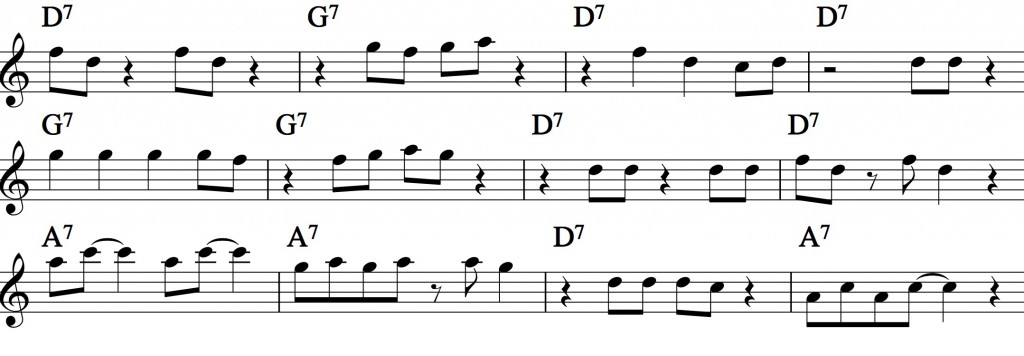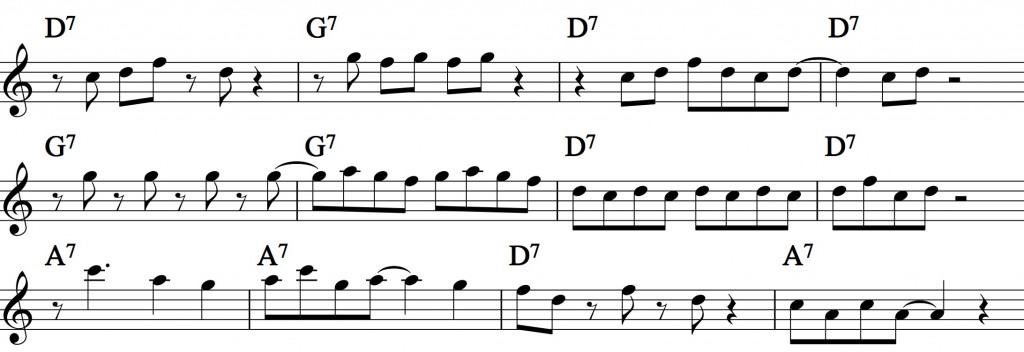Learn all basics of jazz improvisation by playing this simple pentatonic scale concept.
From simple 2-3 note figures to 8th note lines
Learn how to change chords – plan and play forward motion.
Dig into playing over the bar lines and using encirclings.
LINK TO VIDEO
DOWNLOAD PDF
LESSON TRANSCRIPTION CONTENT:
100+ pages of exercises and licks
– Jazz 8th notes rhythm exercises
– Written out practice solos using encirlings in the pentatonic scale
– Forward motion and encircling written out patterns and solos
Transcribed to all 12 keys.
+ all lesson examples transposed to Alto key
In this tutorial
00:00 One Pentatonic Scale Will Teach You Jazz Improvisation
00:43 What we know – the root
01:52 Dig the Rhythm
02:10 Add More Notes
02:40 Practice Tips
03:39 MORE NOTES
04:51 FORWARD MOTION
06:27 Use Full Pentatonic Scale
06:44 Do you like my videos – support me on Patreon
https://www.patreon.com/posts/66075659
Get the free E-book material on saxophone practice – sign up for my newsletter: https://bit.ly/subscribetomynewslettersorenballegaardsaxophonelessons
Video links:
5 levels of Pentatonic Scales for Jazz
https://youtu.be/FS5-XICP4U
https://www.patreon.com/posts/65164089
https://sorenballegaard.dk/product/5-levels-of-pentatonic-scales-for-jazz/
PENTATONIC SCALES – THREE LEVELS OF SUPER ALTERATIONS
https://youtu.be/P77dfMc8ZXI
https://www.patreon.com/posts/50024592
https://sorenballegaard.dk/product/pentatonic-scales-three-levels-of-super-alterations/
Jens Larsen Guitar – Blues In Concert F
https://youtu.be/Z3ZF80Z1Oq8
Rigotti reeds webshop
http://www.reedsonline.fr/boutique_reedsonline/en/accueil-gb/
Subscribe for more free saxophone videos and lessons: https://www.youtube.com/c/SørenBallegaard
Lesson tutorials and live online lessons – check my shop:
https://sorenballegaard.dk/shop
Contact me for video exchange lessons or live online lessons
https://sorenballegaard.dk/saxophonelessons/
Facebook: https://www.facebook.com/groups/sorenballegaardsaxophonelessons
Instagram: https://www.instagram.com/sorenballegaard
Website: https://sorenballegaard.dk
Twitter: https://twitter.com/SorenBallegaard
My setup:
Tenor saxophone: Selmer MKVI 82xxx
mouthpiece is an old Otto Link Babbit – refaced from opening 6 to opening 8/8,5
Alto – The Martin Alto
Soprano – Yanagisawa Elimona






